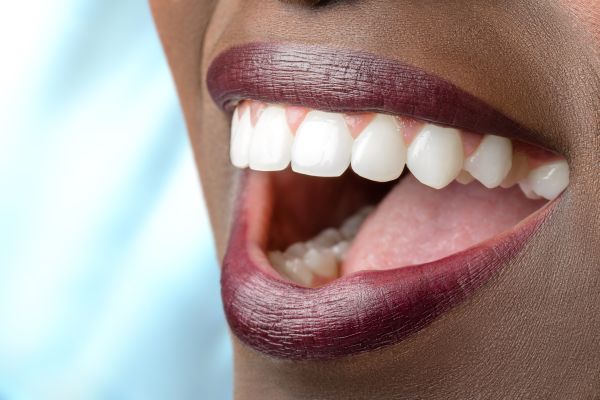4 Ways A Full Mouth Reconstruction Can Restore Damaged Teeth

A full mouth reconstruction typically combines multiple dental treatments to repair damaged teeth and restore their function. Doing these two things often improves the appearance of damaged teeth, as well. The process is unique for each patient, and it can improve the person's overall health, which is important since dental issues like gum disease can increase the risk of diseases like diabetes.
4 treatments used to restore teeth during a full mouth reconstruction
The process of a full mouth reconstruction starts with a consultation with a dentist. During this appointment, the dentist examines the patient's mouth to determine the extent of the damage to their teeth. Tests like x-rays might be used to examine the patient's bone structures. Based on their findings, the dentist will craft a treatment plan to restore damaged teeth.
Popular treatments used during full mouth reconstruction include the following:
1. Composite bonding
This is one of the most economical treatments performed during full mouth reconstructions and it can be used to fix issues like chipped teeth, broken teeth and tooth decay. Many patients prefer fixing cavities with composite bonding instead of silver amalgam fillings, which were the common way to fix cavities for decades. However, composite bonding can be color-matched with the rest of the patient's teeth, making it a great full mouth reconstruction option to target functionality and appearance.
2. Root canal therapy
This is a full mouth reconstruction treatment that is used to save teeth that have been severely damaged by trauma or tooth decay. Root canals are also used to treat infected teeth. The process involves drilling a hole into the pulp chamber and removing the nerve, blood vessels and soft tissues. Teeth that have been restored with root canal therapy are often covered up with dental crowns to protect them from further damage.
3. Crowns
Dental crowns are oral restorations that are commonly used in full mouth reconstructions. They are used to cover up severely damaged teeth and protect them. A crown is a tooth-shaped shell that goes over the visible part of a tooth. It keeps irritants in the mouth like acids, oral bacteria and saliva from getting to the tooth and causing further damage.
The installation of a dental crown requires the removal of enamel, which means the tooth will need to be protected with a restoration moving forward. Crowns can be made from a variety of materials like gold, silver or stainless steel, but porcelain crowns tend to create the most natural look.
4. Implants
Dental implants are oral restorations that are inserted into a person's jaw. These restorations help to prevent bone tissue loss that typically occurs when a person loses a tooth. This is very important since losing bone tissues in the jaw leads to changes to a person's facial appearance. It also leads to the formation of wrinkles and fine lines around the mouth.
Implants are the preferred way to replace missing teeth during a full mouth reconstruction. The entire process can take up to six months to complete.
Learn more today!
Want to learn more about full mouth reconstructions and how they can restore damaged teeth? Reach out today to get started!
Request an appointment here: https://smilefreshdentalgrandblanc.com or call Smile Fresh Dental at (810) 515-7083 for an appointment in our Grand Blanc office.
Check out what others are saying about our services on Google: Read our Yelp reviews.
Related Posts
Curious about implant-supported dentures? Read on to learn more about this tooth-replacement option. If you are missing many teeth or perhaps a whole arch, implant-supported dentures are a great solution. Patients may eat and talk with more assurance since they are more secure and pleasant than conventional dentures. Yet, dental implant-supported dentures need considerable thought…
The need for relining your dentures may not occur to you because of your busy schedule. But being aware of it can help you get relining services in time. Relining these restorations can help maintain your oral health and prevent discomfort. Here are the three signs you need to get relining services right away. Inspecting…
Partial dentures are one of the missing teeth replacement options you get to choose from if you have lost some of your teeth. Unlike dental bridges, you do not have to have missing teeth right next to each other to use partial dentures to replace them. These oral prosthetics can be used to replace missing…
Dentures may completely transform the quality of life for someone who has been lacking teeth by giving them back both their smile and their self-esteem. Nonetheless, it may take some time and persistence for dentures to feel natural. Read on for some helpful tips for getting used to your new dentures.When several teeth need replacement,…
